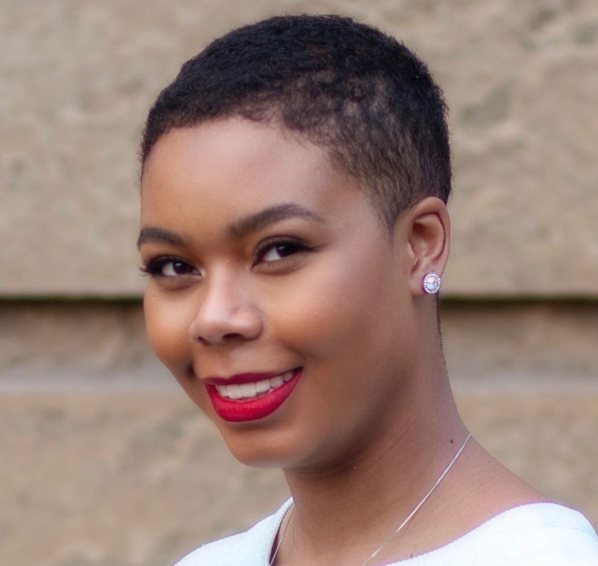

When she finds herself being married at gunpoint (well, he was at gunpoint, not her), she can at least say the man she’s only known for a few days was kind to her. But she’s always left or been left, and is certain she’s undeserving of love. She’s made friends among her fellow servants, made more-than-friends with some of her charges. After the Weddingby Courtney MilanĬamilla has moved from guardian to employer more times than she can count. Sadia is not shy about her sexuality, and as a widowed bartender she happily extends her flirtation to anyone she might be interested in going home with.


I was delighted to discover that Sadia, the Pakistani American heroine of Wrong to Need You, is similarly inclined to people of all genders (but less inclined to the sex parties, sadly). You might recall that in my older lament, the first character I mentioned was Akira, from Alisha Rai’s Gentleman on the Street. I’ve loved coming across them, both knowing and not knowing they would be queer when starting a new book. I’ve also started meeting more and more bi/pan/queer women in different-gender relationships over the past two years, so perhaps the greater exposure of a relatively large demographic has helped inspire those same kinds of character in what we read. I’m happy to say that I have started to see more women like me showing up in M/F romance and romance featuring gender nonconforming folks, and it’s just effing delightful. Would they be worthwhile rep? Would they have good plots, character development, drama? How did I know I would actually like it, even if it did have a queer protagonist? I wouldn’t, unless I tried. I named a couple that I knew of-some of which I’d read, some I hadn’t-but considering the number of romance novels published every week, the numbers were lacking, and I wasn’t always sure about the stories themselves. Two years ago, on this very day, I wrote a post lamenting the fact that there were so few bisexual women in contemporary and historical romances in which the romantic relationship is between people of different genders.


 0 kommentar(er)
0 kommentar(er)
